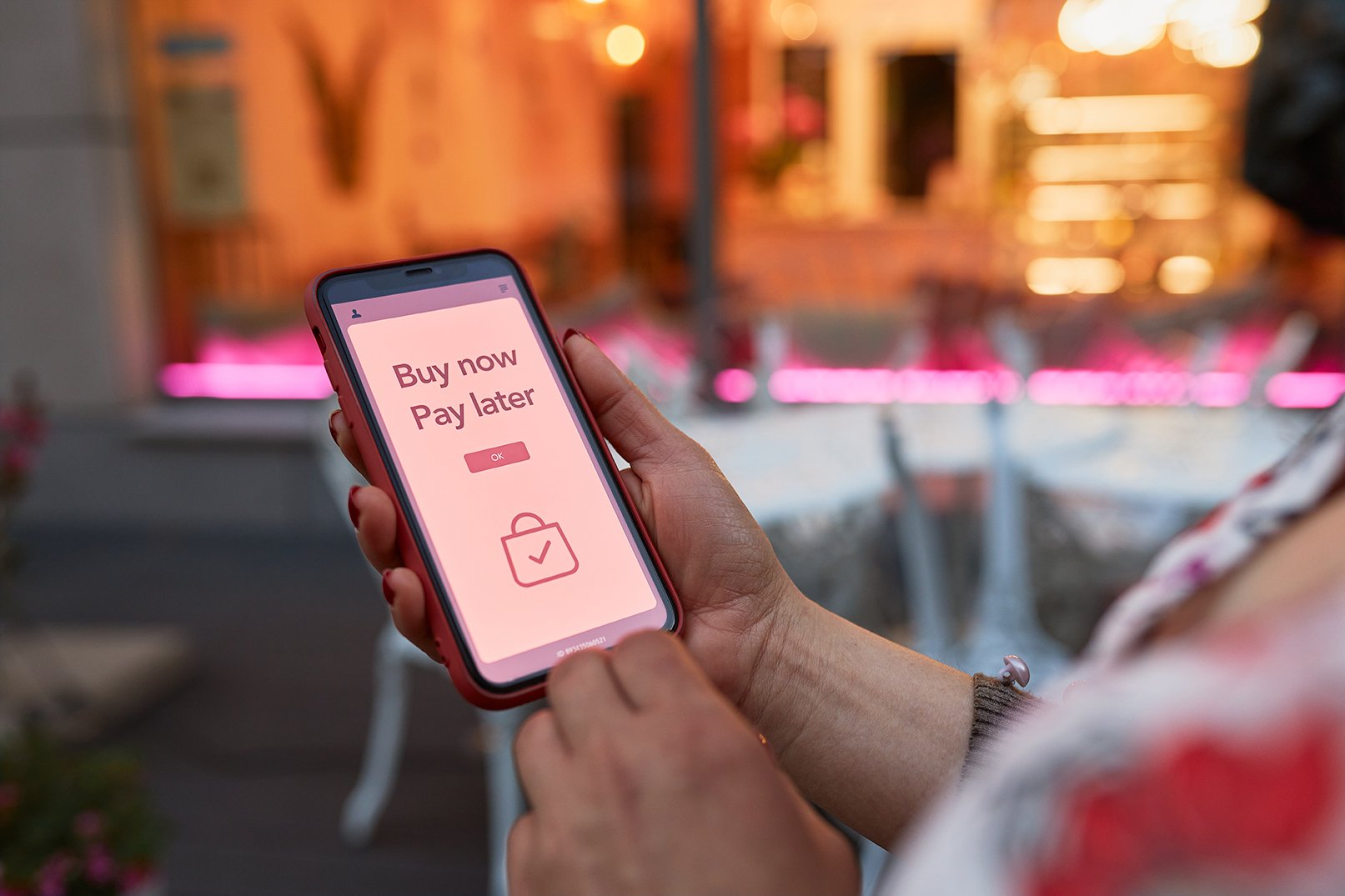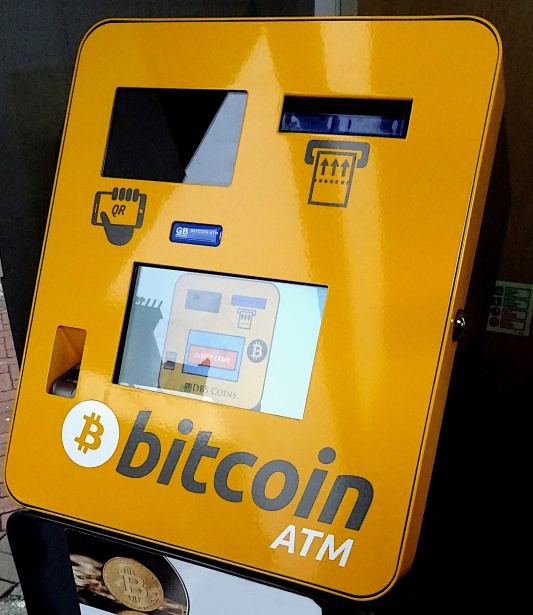Buy Now Pay Later

Have you recently bought something online and been given the option to pay in instalments over a period of time, rather than the entire amount at once? I am guessing that you have seen this option plenty times! While the concept of microlending is not new (it has been around for over a decade), this trend, referred to as “Buy Now, Pay Later” or “BNPL” is one that has seen dramatic growth over the past couple of years, i.e., post pandemic.
BNPL is a type of short-term financing that allows people to purchase larger ticket items in smaller instalments over a period of time, often interest free. However, the repayment schedule is fixed, unlike a credit card where you may carry a balance indefinitely, and late fees are steep. It may be considered the online version to brick and mortar stores’ layaway programmes. Increases in online purchases coupled with decline in global economic health and rise in inflation have caused the popularity of BNPL to account for 2.9% of global e-commerce spending in 2021, up from 1.6% in 2019*. This is predicted to rise to 5.3% in 2025 and translates to $438 billion in transaction value. **
BNPL appeals to those who wish to afford larger ticket items but have an aversion to credit cards or who do not qualify for one. However, one can see BNPL payment methods being applied to more routine transactions, such as groceries and gas as inflation is at an all-time high. E-commerce merchants benefit from increased sales as well as better insight into customer trends. Mastercard and Visa also stand to benefit as they introduce their own APIs for BNPL-type programs, allowing for “in-house” instalment-type payment methods. Affirm, Afterpay, Klarna and Paypal are some of the current big players on the BNPL playing field. Partnerships with Amazon and Target have allowed Affirm to take the lead in the US market. Apple Pay recently introduced Apple Pay Later – their built-in version of a BNPL scheme.
However, despite the mammoth transaction value of this trendy payment scheme, its profitability seems to evade most companies. BNPL companies are currently battling years of losses that come with fast growth. Hefty expenses associated with ever changing technology, growing human capital, sales, marketing and data analytics are rising at a much faster rate than their revenue. Swedish Klarna, one of the original BNPL companies, posted losses of $688 million in 2021 up from $150 million in 2020. Similarly, Affirm, a San Francisco based company reported losses of $430.9 million in 2021, up from $112.6 million in 2020.
Zilch is a British based BNPL provider which is expanding to the United States. They are taking a different approach to the business whereby instead of taking a percentage from the merchant fees, they get their fees from advertising for large brand names, offering the financing for larger priced items.
Another concern in the BNPL industry is the so-called “debt spiral” that consumers may find themselves in and that regulators are keeping a close eye on. The worry is that consumers may be taking on more debt than they can afford, using high interest credit cards to pay for the instalments of the large ticket items they want. Zero percent interest can quickly turn into unfeasible 20% credit card interest which can amortize over time if only minimum payments are made. The Consumer Financial Protection Bureau recently launched an inquiry into some of the most popular BNPL companies to determine the risks and benefits of the popular and growing payment trend, amid concerns that the short-term lending facilities do not require compliance with most federal lending laws or regulations.
Despite the challenges this industry faces, it is still seeing massive growth. Inflation and economic downturns will ensure that this continues. And with all innovation, it is certain to evolve into a more transparent, more regulated and less risky business model; one which fintech companies are certain will be integrated into the everyday lives of the masses, driving adoption. There is certainly a need for this type of lending facility. The trick will be to balance demand with technology and industry know-how.
GPC’s robust omni-channel payment platform can facilitate the BNPL payment model. We also have decades of payment industry knowledge to help guide you, if this a line of business you would like to pursue. Contact our business development team to see how we can help you in any of your payment innovation pursuits.
*https://www.digitaltransactions.net/fast-growing-bnpl-will-capture-additional-share-including-offline-spend-an-analyst-says/
**https://www.paymentsdive.com/trendline/buy-now-pay-later-payments-proliferate/271/?utm_source=PD&utm_medium=NL1Jun27&utm_campaign=BNPL&utm_content=ad-TOP_SPOT&utm_term=43776
https://www.paymentsdive.com/news/bnpl-payments-fintech-evolution-regulation-retail/627701/?utm_source=Sailthru&utm_medium=email&utm_campaign=Issue:%202022-07-20%20Payments%20Dive%20%5Bissue:43218%5D&utm_term=Payments%20Dive
https://www.paymentsdive.com/news/feds-increase-scrutiny-of-buy-now-pay-later/611680/

